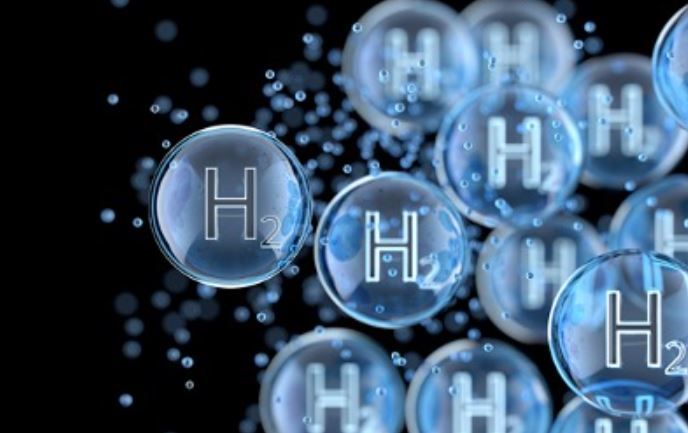Green hydrogen electrolysis at industrial scale remains an unfulfilled promise across much of Europe—but in Groningen, the Netherlands, a key facility has now produced its first hydrogen under elevated pressure and temperature, marking a milestone in real-world electrolysis testing.
The Hydrohub MegaWatt Test Centre, hosted at the EnTranCe energy campus, brings together academic, governmental, and industrial players to confront a central challenge: how to move from lab-scale efficiency to full-scale, commercially viable hydrogen production.
Operating at pressures above atmospheric levels and temperatures up to 80°C, the MegaWatt Test Centre’s initial hydrogen production is more than symbolic. As Programme Director Andreas ten Cate of ISPT points out, elevated temperature improves electrolysis efficiency, while higher pressure reduces the energy required for downstream compression. But beyond the theoretical gains lies a trade-off: optimizing pressure and temperature while maintaining system flexibility remains largely unresolved. Electrolysis systems—especially those aimed at integration with variable renewable power—must perform under fluctuating loads, which introduces thermal and operational stresses that are difficult to simulate outside of full-scale setups like this one.
Most pilot projects in Europe still operate below the 100-kilowatt range or under highly stable lab conditions. By contrast, the Hydrohub MegaWatt Test Centre offers 500 kilowatts of installed capacity—split evenly between a standard alkaline electrolyser and a proton exchange membrane (PEM) electrolyser developed by TNO. The PEM unit, still awaiting full commissioning, features a modular Balance-of-Plant design that allows component-level testing, effectively acting as a bridge between early-stage R&D and commercial integration.
This intermediate scale is critical. According to data from Hydrogen Europe, while electrolysers below 1 MW account for over 80% of current installations, nearly all growth to 2030 is expected to come from units in the 5–100 MW range. Without transitional facilities like Hydrohub, there’s a risk that component innovations stall before they can be validated under near-industrial conditions.
The Groningen facility meets rigorous European safety standards, a non-trivial achievement when working with high-pressure hydrogen systems. While electrolysis efficiency and durability are key research questions, regulatory compliance is increasingly a limiting factor in deployment. Testing systems under real conditions—fluctuating power input, thermal cycling, pressure stress—while maintaining compliance with EU safety protocols provides a proof-of-concept not just for hardware, but for permitting pathways.
The test centre is a collaborative effort involving Shell, Nobian, HyCC, Yara, Yokogawa, and Groningen Seaports, alongside academic institutions including TNO, Hanze University, and the University of Groningen. Funding support from the Dutch Ministry of Economic Affairs and the Province of Groningen signals strong institutional alignment—but it also raises questions about the role of public funding in de-risking private innovation.
Stay updated on the latest in energy! Follow us on LinkedIn, Facebook, and X for real-time news and insights. Don’t miss out on exclusive interviews and webinars—subscribe to our YouTube channel today! Join our community and be part of the conversation shaping the future of energy.
